A few of the pictures from the ARF photo archives are particularly eye-catching. Clicking through the images, one cannot help but notice photos like the ones below, for example.
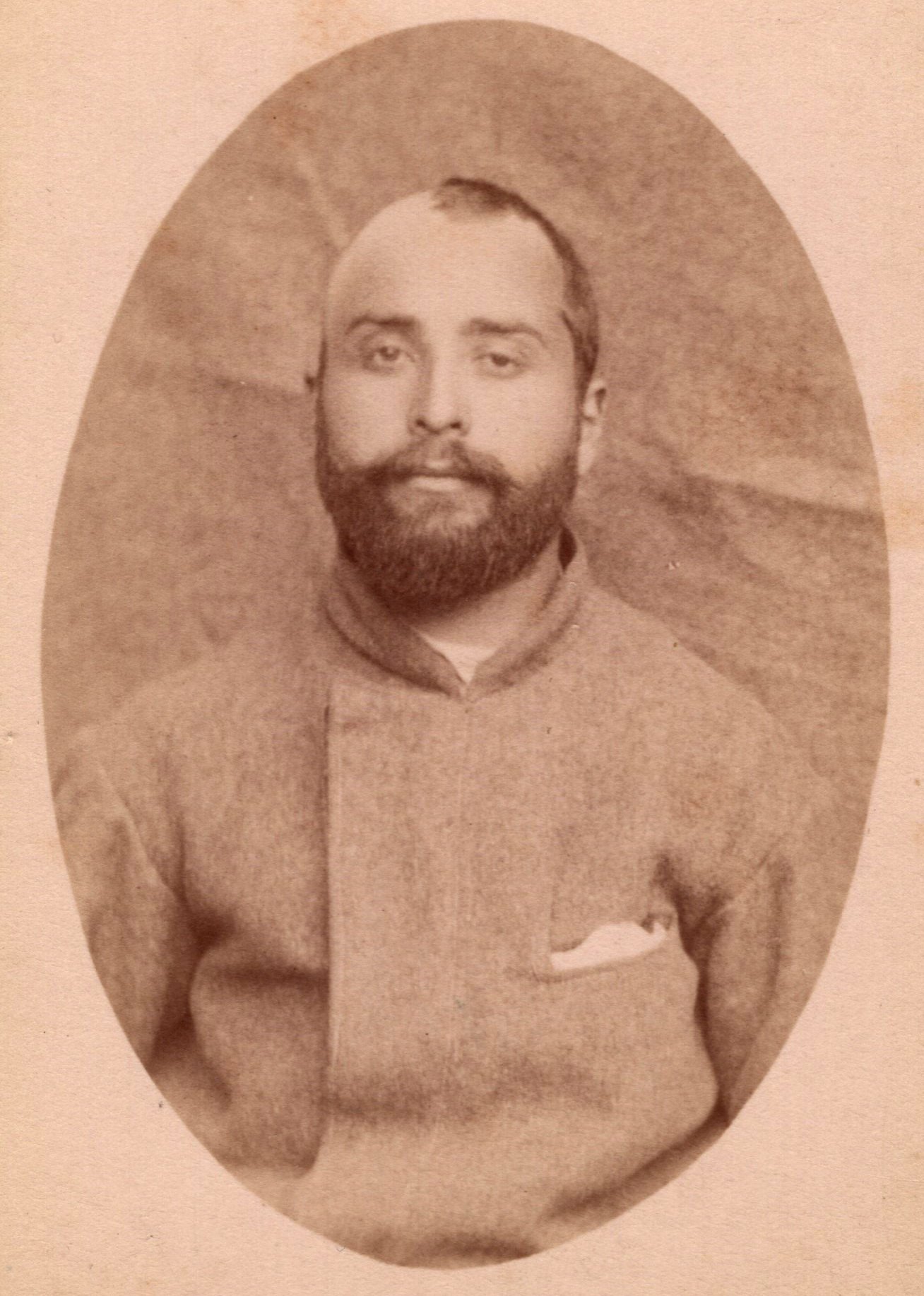
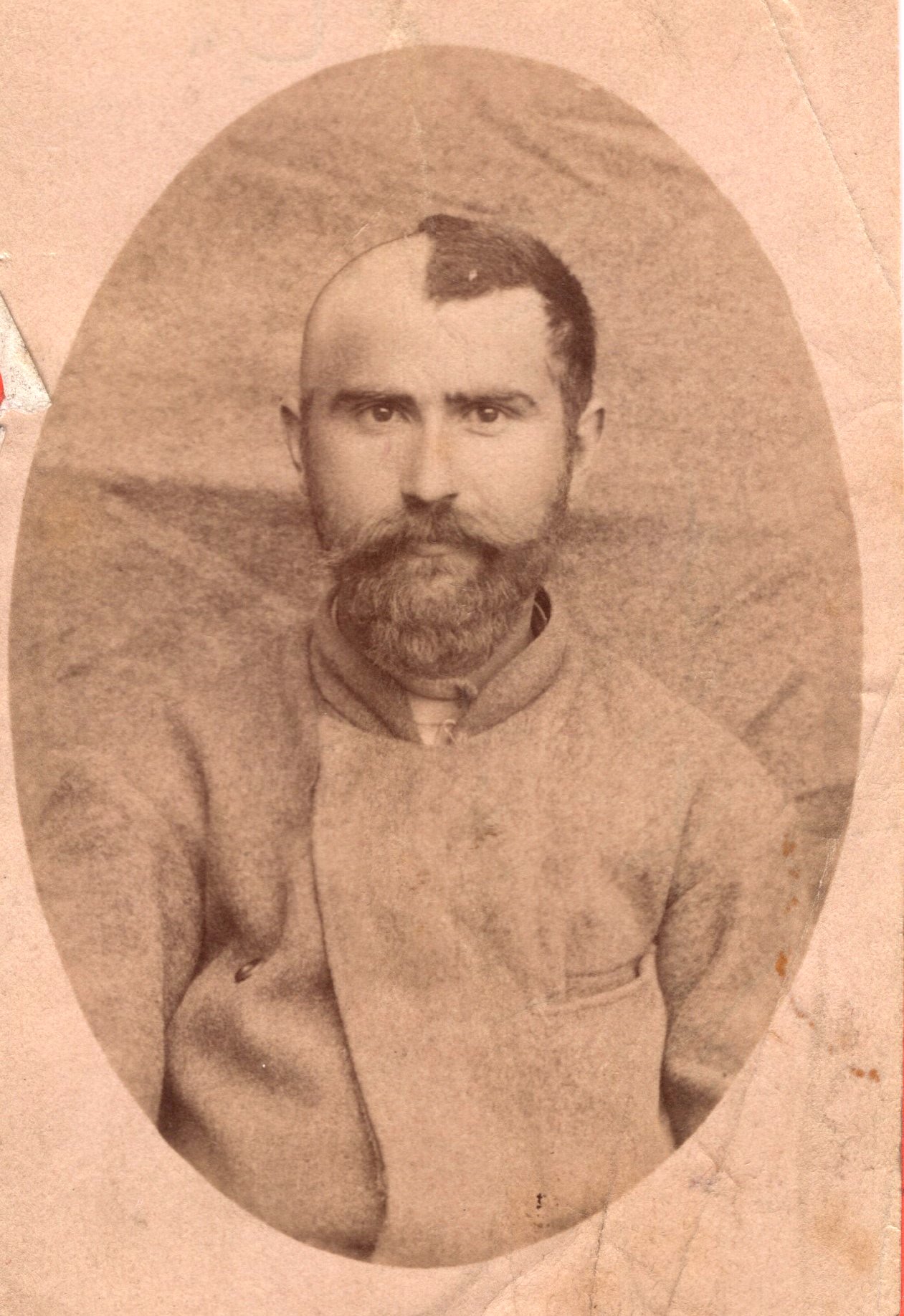
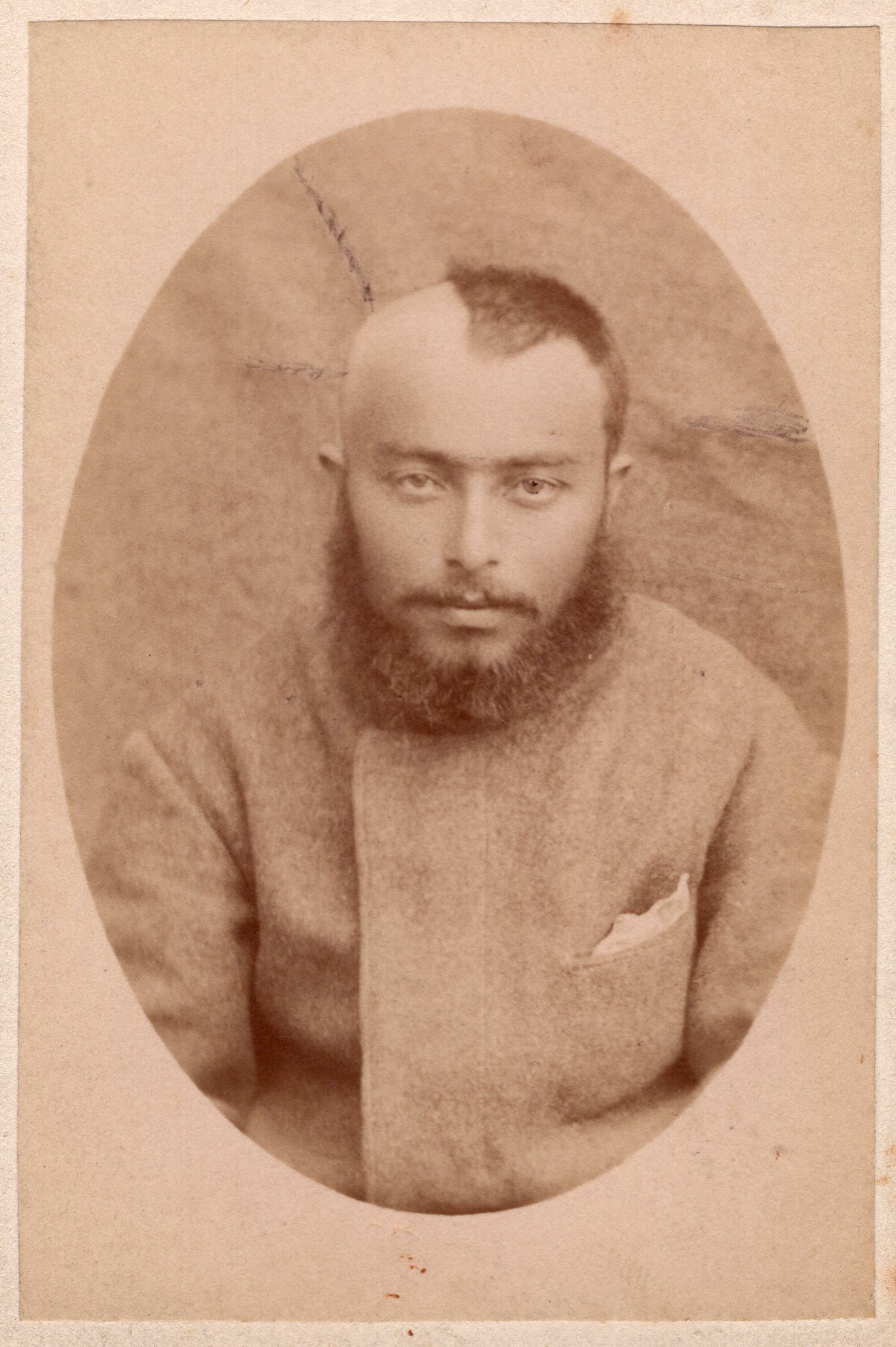
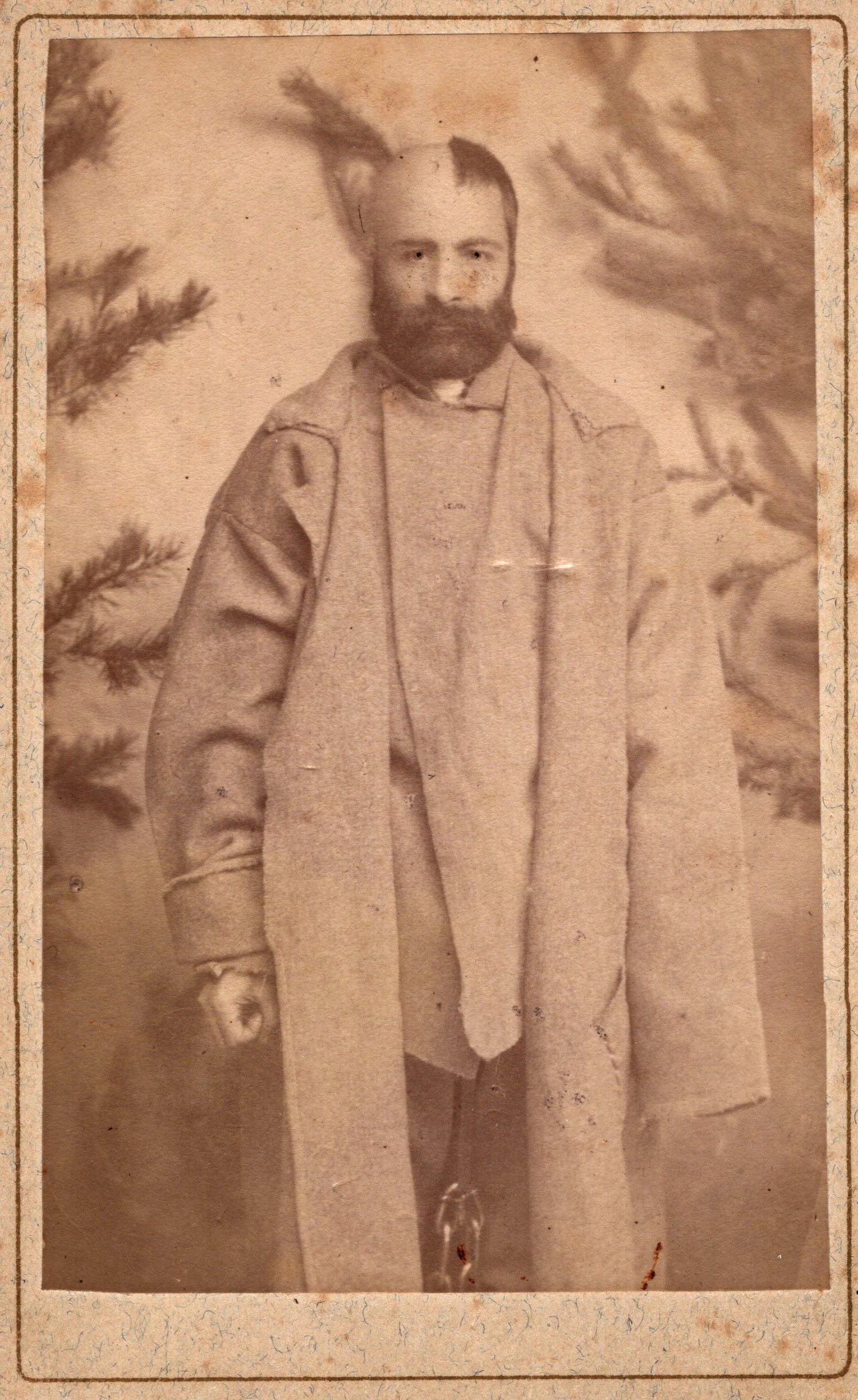
At first, it seems almost comical, as if it was a fad once upon a time for young men to shave the right half of their heads while keeping heavy beards and mustaches. Upon closer inspection, though, one notices a uniformity in what these men wore as well, and facial expressions that do not suggest a willful participation in the proceedings.
The captions and notes on the backs of the photos reveal the secret. These are four participants of the Gougounian Expedition – a tale from the turn of the 20th century worthy of a movie that has more or less gotten lost in the epic history of the Armenian people.
Sarkis Gougounian was barely in his mid-twenties when he gathered some 100-150 armed compatriots to organize a raid into the Ottoman Empire from the Caucasus. This was an action characteristic of the earlier period of the Armenian nationalist movement, whether spearheaded by the Armenian Revolutionary Federation or other sympathetic bodies or individuals. The Caucasus or Iran would be used as a base in attempts to alleviate some of the suppression faced by Ottoman Armenians under the rigid rule of Sultan Abdul Hamid II.
Such cross-border activities had varying success. Indeed, leaders of the ARF warned Gougounian regarding the effectiveness of his tactics. In September 1890, the expedition struck ahead anyway, lost its way and ended up in a fight with Cossack border guards. The men were taken captive and sentenced to exile on Sakhalin – the Pacific island in the far east, beyond Siberia.

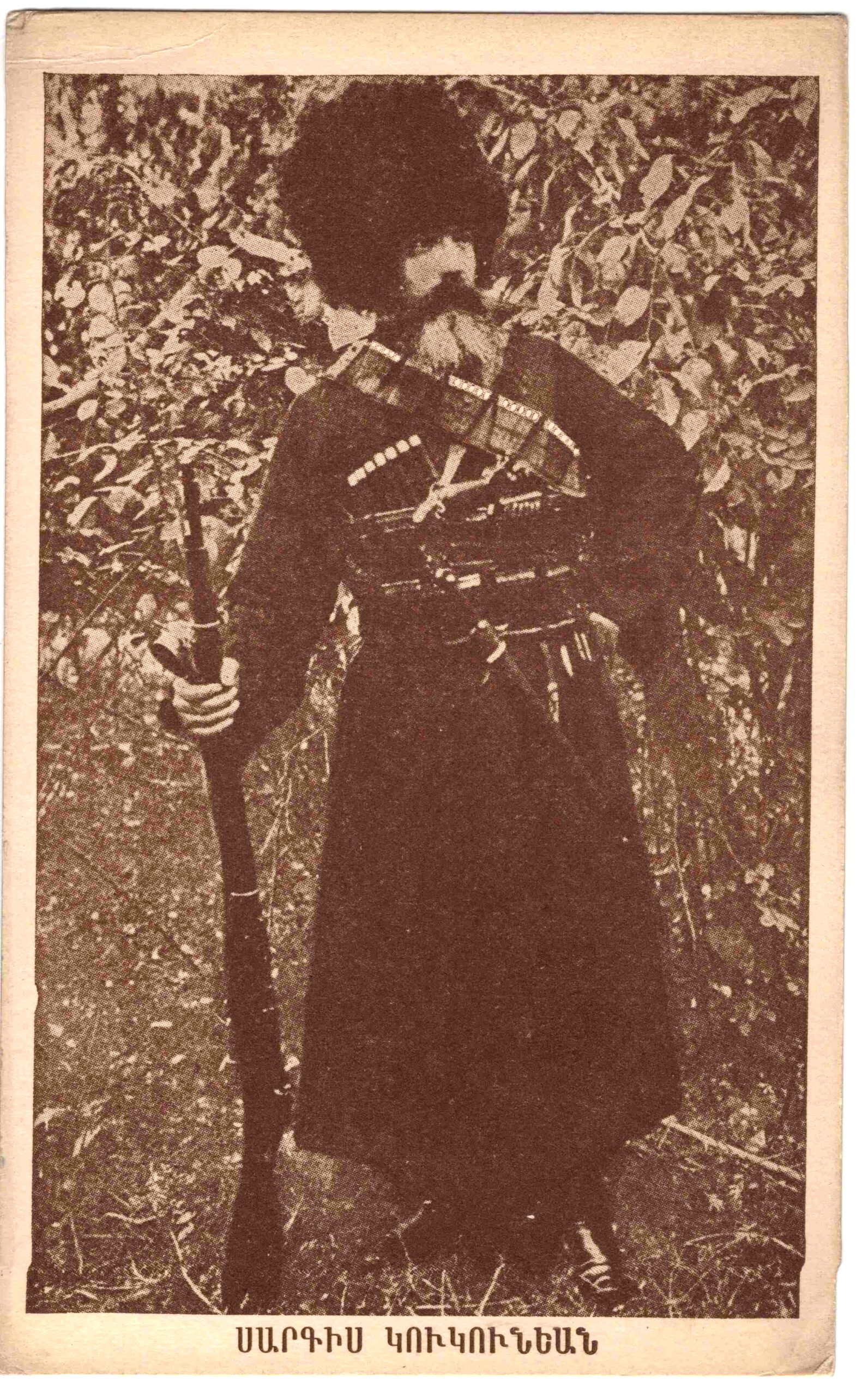
Here are two pictures of the group leader, Sarkis Gougounian. I find them remarkable for a few reasons. First, their contrast – a gentleman in one, sporting Western dress, posing calmly in a nature setting, scroll in hand. He is a man of learning, perhaps. That same person – again, in nature – is now transformed into a fedayi, with belts of bullets, a rifle and a papakh hat typical of the Caucasus. Is it even the same person, then? Is it indeed someone in his twenties or thirties? Those photographs must have been taken later in his life, as Gougounian has a commanding, formidable look, especially in the second one, that suggests a man of many years and weary endeavors.

You can just make out Gougounian in the photo of the captives – second row, seated third from left. The men, just like in the photos above, do not look pleased to be where they are. Yet they do not seem defeated or broken either. I often wonder about this and the pictures above. Were they taken by the authorities of the Romanov Empire as a means of deterrence and dissuasion, publicized so that activists of the Armenian nationalist movement would feel dejected? Or did they end up in the ARF Archives for the contrary reason, as a mark of defiance, righteous indignation or resilience?
Included in the archives is a black-and-white photograph of the Gougounian Expedition’s flag as well.
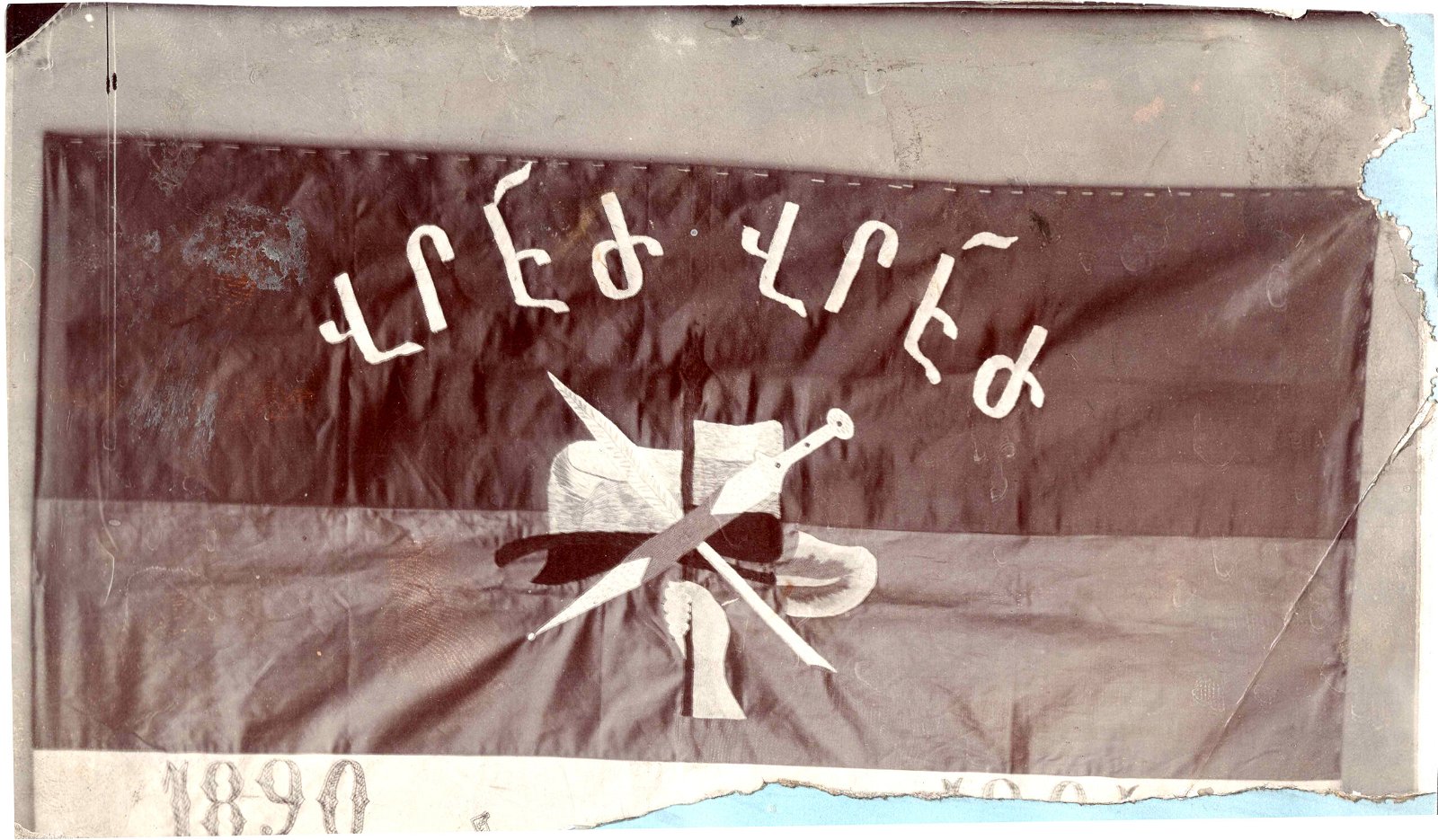
134 years later, we might be understanding of Gougounian and his comrades, and the flag – which calls for revenge – might find resonance among some today. The full story of the Gougounian Expedition and how it turned out, beyond a mostly-forgotten episode of an era full of upheaval, might in turn leave some room for thought.
Clicking across arfarchives.org/photograph, one can thus explore (sometimes surprisingly) thought-provoking images that contain and reflect the diverse heritage of Armenian history and culture over the past century and more.


Be the first to comment